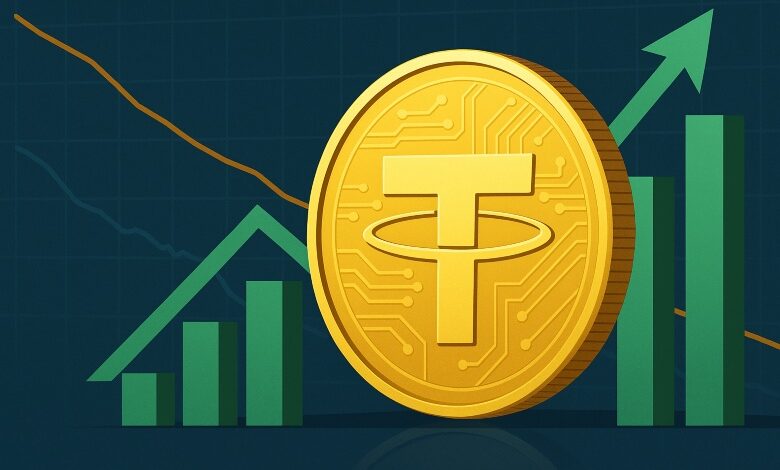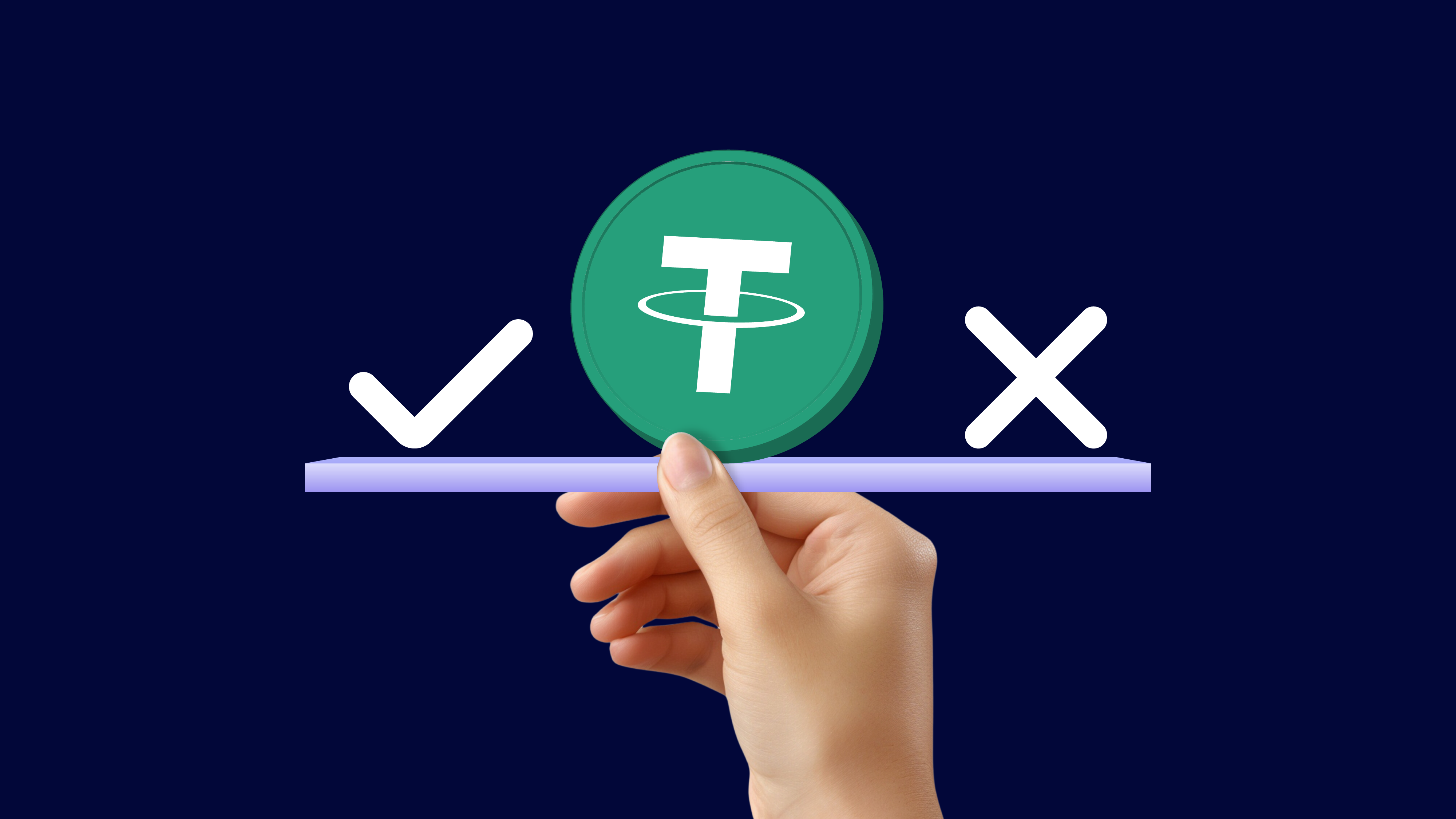The EU’s Markets in Crypto-Assets Regulation (MiCA) came into full effect on Monday (12/30), but the market value of Tether, the leading stablecoin issuer, is facing a shrinking trend, recording its largest drop since the bankruptcy of FTX. However, Tether does not seem to intend to give up its tens of billions of dollars in annual reserve income and chooses to indirectly participate in the EU market through investment.
USDT market value shrunk by 2.7%, the largest drop since FTX went bankrupt
Over the past two weeks, USDT’s market capitalization has fallen 2.7% from a record high of $141 billion on December 19 to around $137.1 billion currently. This is the biggest drop since USDT’s market value plummeted 5.7% after the FTX exchange crash in November 2022. Analysts attribute this partly to the launch of MiCA.
With MiCA in full effect, reserve requirements will sacrifice returns
The EU’s Markets in Crypto-Assets Regulation (MiCA) came into full effect on Monday (12/30), setting out strict regulatory requirements for stablecoin issuers within the EU, including reserve and liquidity requirements.
Agne Linge, head of growth at decentralized lending platform WeFi, noted that meeting these requirements could be financially challenging for large stablecoin issuers such as Tether.
New EU laws now require small stablecoin issuers to keep 30% of their reserves at low-risk commercial banks within the EU, while larger players like Tether must keep 60% or more of their reserves in banks. Given Tether’s massive capitalization and global adoption, it would be economically unfeasible to meet this demand without sacrificing significant returns.
Tether CEO Paolo Ardoino said in an interview at the end of December that Tether’s net profit is expected to exceed $10 billion in 2024. Tether generates most of its revenue from investing its reserves backing the stablecoin in U.S. Treasuries, gold, and Bitcoin. Tether has invested more than half of its net profit and will continue to do so in the future.
Tether chooses to indirectly participate in the EU market through investment
Tether announced at the end of November that it would no longer support and stop issuing EURt, a stablecoin pegged to the euro. And invested in the euro stablecoin EURQ launched by the Dutch blockchain company Quantoz Payments. It then invested in the European stablecoin issuer StablR, and used the Tether platform Hadron expansion to support its issued compliant stablecoins EURR and USDR.
It seems that Tether does not intend to sacrifice its own profits to join the EU market, but chooses to participate indirectly through investment.
As regulatory uncertainty persists, some European exchanges have taken precautionary measures. Coinbase Europe delisted USDT and five other stablecoins earlier this month, citing potential regulatory risks. The move is to comply with MiCA’s requirements and highlights the pressure exchanges are facing to comply with the new regulatory framework.






